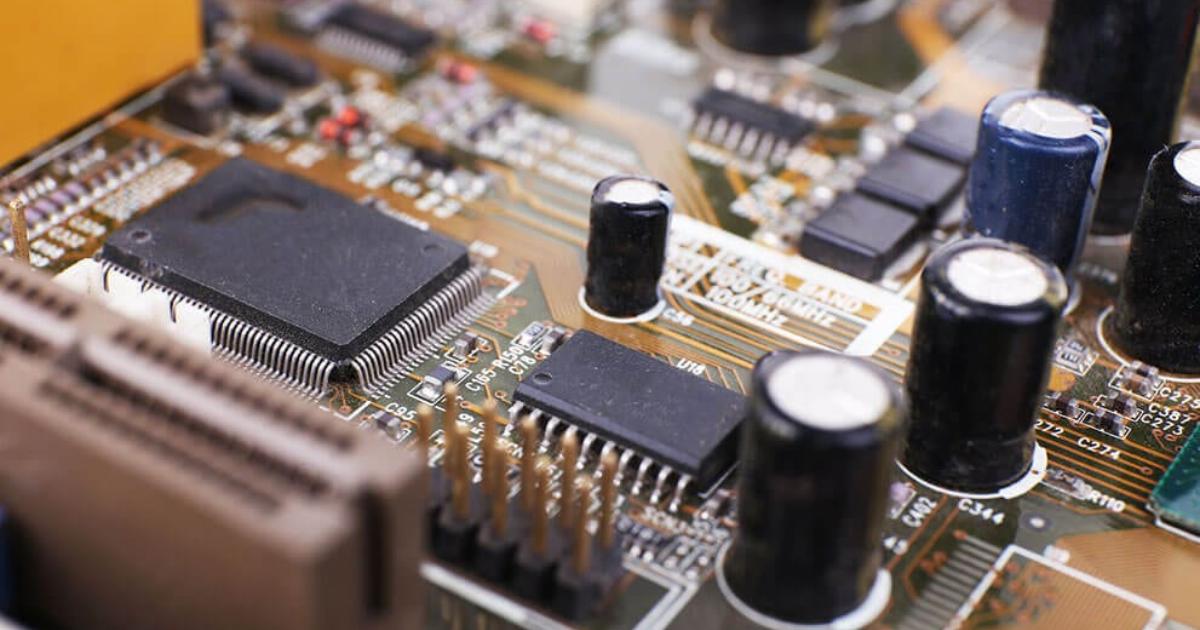
PCB array panelization is a critical step in the assembly process and presents the greatest challenges to PCB designers. Small oversights can lead to costly and time-consuming delays that need to be worked out between the assembly manufacturer and the designer.
Proper PCB array arrangement and panelization ensures that there is a minimal risk of damage to individual boards during handling and assembly. Board panelization methods can be broken down into break-and-route arrays and scored arrays. Of these two primary methods used for separating boards from the array they are housed in, scored arrays offer a few important benefits.
Perhaps the greatest benefit to scoring arrays instead of routing them is that it allows the designer to minimize the space between individual boards. During mid- to large-scale production, this can considerably cut assembly costs by allowing you to use less material per board.
Additionally, arrays designed for scoring many small PCBs often enjoy better mechanical stability than breakout tabs can offer. Every time a breakout tab is forced open, there is a chance that the upward force accidentally snaps part of the board. Scoring, on the other hand, allows for optimal array stability even when dealing with large numbers of boards.
We also recommend that PCB designers using heavy components in their boards rely on scoring rather than break-routing. Break-routed boards with heavy components may need extra layers in order to prevent sagging during assembly. Scored arrays, however, can be precisely cut even when heavy components are combined on a relatively lightweight panel.
As an additional advantage, the pizza cutter-like de-panelization machine is lightweight and portable enough to be moved from place to place on a small industrial cart. For manufacturers with large, high volume facilities, the ability to easily move these machines from place to place can reduce an otherwise significant workplace burden.
Green Circuits is prepared to assemble scored PCB arrays of all kinds, offering quick turnarounds and smooth, streamlined communication throughout the assembly process. Designers who adhere to the following guidelines can rest assured of their PCB project’s feasibility.
The most basic element of the scored approach is integrating score lines into the panelization array. These lines indicate where individual panels will be broken off during the de-panelization process. Score lines run 1/3rd of the PCBs thickness and offer a clear outline of where and how each board will be cut out.
The 1/3rd of remaining board thickness left by the score line is surprisingly durable — most scored panels resist the attempt to break off individual boards by hand. At least, the attempt to do so is very likely to damage the PCB itself.
While many PCB designers avoid having score lines run all the way through the array’s retaining rail, this is a perfectly acceptable practice. In fact, it’s necessary if you plan on having a full-depth v-shaped groove at the edge a circuit board.
This is because the scoring blade is circular — if you have it stop directly at the edge of the board, it will leave a tough circular groove at that junction instead of an easily removable v-shaped one.
At Green Circuits, we specify a 0.2-inch spacing between individual circuit boards on a scored array. This allow us to optimize the number of boards that fit on a single 8 x 10-inch panel array while ensuring the best conditions for de-panelization.
It is not just the boards themselves that need to be appropriately spaced, but also circuit board components. For instance, you cannot use a scored breakout method where components hang over the edge of their boards.
Additionally, a 0.05-inch clearance between any regular-sized components and the center of the scored v-groove is necessary. Larger circuit board elements such as radial capacitors and ceramic resistors must be spaced a greater distance away as well.
There are two reasons for this: one is position variation, which typically increases for tall components. Another is surface stress caused during de-panelization which can travel through the board surface to the component’s rigid solder joints, and then on into the components themselves.
While it is not impossible to score panels with irregularly shaped boards, break-route designs usually perform better under most conditions. Nevertheless, scoring might be feasible if each board’s irregular features line up with the corresponding features on the boards adjacent.
If the array is designed properly, then the result will be a small amount of extra material hanging off the meeting points of the boards’ irregular features. Some irregular scored designs can still be more cost-effective than break-routed tabs. Find out which option is best for your printed circuit board project by contacting us at 408-526-1700 and speaking to a PCB panelization specialist.
For more information, visit www.greencircuits.com.